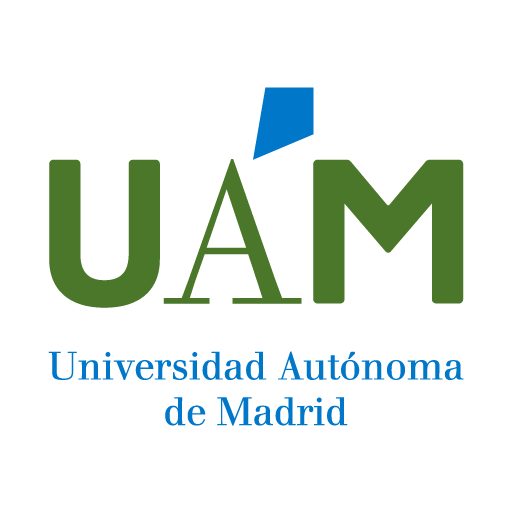Los terremotos antiguos del conjunto arqueológico romano de Baelo Claudia (Cádiz, Sur de España): Quince años de investigación arqueosismológica
Publicated to:ESTUDIOS GEOLOGICOS-MADRID. 72 (1): 8-0 - 2016-01-01 72(1), DOI: doi: http://dx.doi.org/10.3989/egeol.42284.392
Authors: Silva, P G; Giner-Robles, J L; Reicherter, K; Rodriguez-Pascua, M A; Grutzner, C; Garcia Jimenez, I; Carrasco Garcia, P; Bardaji, T; Santos, G; Roquero, E; Roeth, J; Perucha, M A; Perez-Lopez, R; Fernandez Macarro, B; Martinez-Grana, A; Goy, J L; Zazo, C
Affiliations
Abstract
This work illustrates the state of the art on archaeoseismology of the ancient Roman city of Baelo Claudia (Tarifa, Cádiz) after nearly fifteen years of research. This ancient Roman site was affected by two earthquakes in the years AD 40–60 and AD 260–290 which promoted important urban and architectural changes and eventually the destruction and further abandonment of the city in AD 365–390. Earthquake Archaeoseismological Effects (EAEs) are catalogued, described and mapped in the entire monumental sector of the city mainly witnessing the last earthquake which occurred in AD 260–290. Mapping of oriented EAEs illustrate damage distribution all over the lower sector of the city, as well as the occurrence of suspect coseismic landslide and tsunami events. The structural analysis of oriented EAEs throughout the entire mapped sector suggests that the intervening ground motion was preferentially oriented in a SW to NE direction. The geoarchaeological analysis and some relevant archaeological anomalies, strongly suggest the occurrence of coeval tsunami events during both ancient earthquakes, pointing to the occurrence of an offshore seismic source SSW of the city. Several N-S normal faults have been identified around the Bolonia Bay area and some of them continue offshore SSW of Baelo Claudia. These faults with clear Quaternary activity can be considered as the more probable seismic sources for the events affecting the ancient Roman site and they are consistent with the mapped damage orientation displayed by the structural analysis of EAEs within the old Roman city.
Keywords
Quality index
Bibliometric impact. Analysis of the contribution and dissemination channel
The work has been published in the journal ESTUDIOS GEOLOGICOS-MADRID, and although the journal is classified in the quartile Q4 (Agencia WoS (JCR)), its regional focus and specialization in Geology, give it significant recognition in a specific niche of scientific knowledge at an international level.
Independientemente del impacto esperado determinado por el canal de difusión, es importante destacar el impacto real observado de la propia aportación.
Según las diferentes agencias de indexación, el número de citas acumuladas por esta publicación hasta la fecha 2025-06-30:
- Dialnet Métricas: 6
- WoS: 10
Impact and social visibility
Leadership analysis of institutional authors
This work has been carried out with international collaboration, specifically with researchers from: Germany; United Kingdom.



